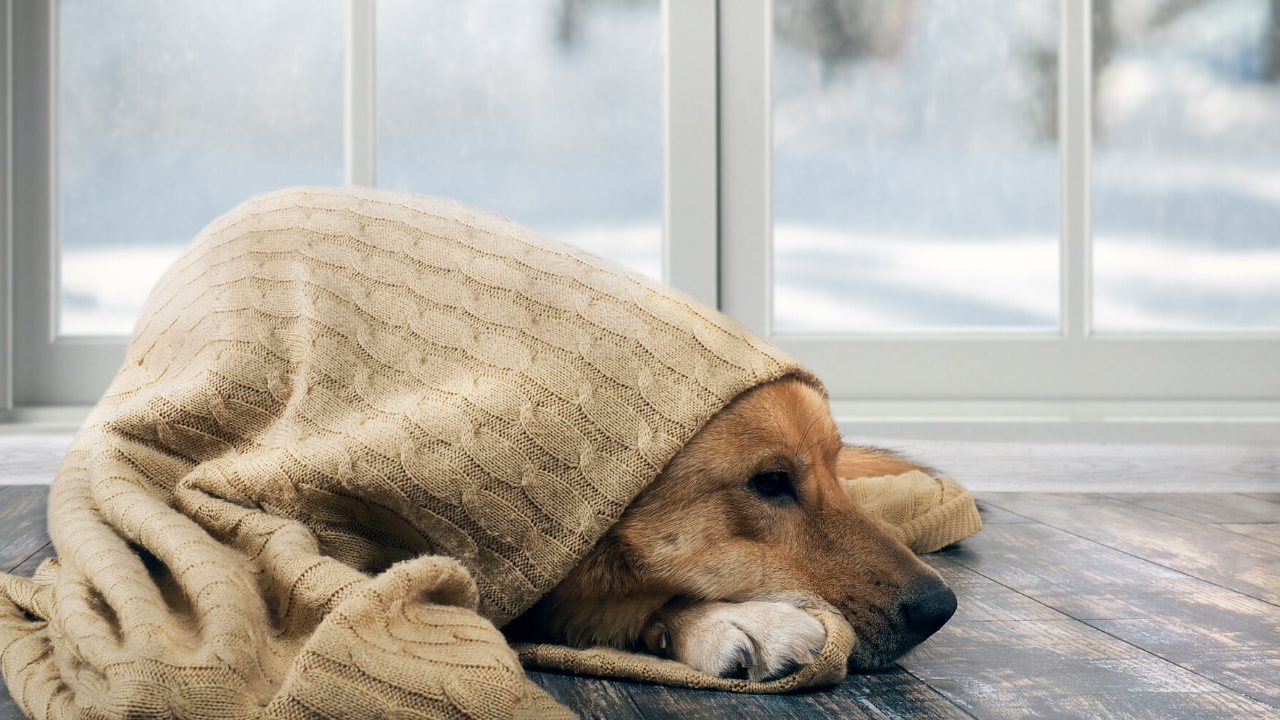Winter Tips for Your Manufactured Home
March 17, 2020

Although the winter is almost gone, the cold weather can still affect different parts of the country. So, it's not too late to look for ways to winterize your manufactured home—if you haven't done it yet.
Because it's better to implement more extensive methods for winterizing your manufactured home before the cold weather sets in, this blog post presents some simple winterizing tips that you can put into practice anytime during the cold season.
Draft-Proof Windows and Doors
One way to keep the cold air from entering your manufactured home is to replace your old windows and exterior doors with new products that insulate better. On the downside, replacing windows and doors can represent a hefty investment. Moreover, the winter isn't necessarily the best time of year to have new windows and doors installed, especially if you live in a cold climate.
What can you do if you have drafty windows and doors in your manufactured home? In that case, you could opt for a few simple, quick, and relatively inexpensive solutions, such as:
- Installing foam or v-seal weather stripping – Weatherstripping products are ideal for sealing gaps between doors/windows and their frames. When installed correctly, weatherstripping can pay off significantly in energy savings.
- Using caulking cord – Caulking cord delivers one of the easiest ways to fill in gaps around window and door frames. Also known as rope caulk, this product can be used on different porous and non-porous surfaces, including wood, plastic, metal, glass, concrete, and masonry.
- Using draft stoppers – Draft stoppers can keep out the cold air entering through the bottom of your windows and doors.
If you don't have any carpet installed in your manufactured home, a few area rugs could also help you prevent the cold air from coming inside. The thick pile area rugs provide good thermal insulation during the winter while increasing the aesthetic appeal of your manufactured home.
Install Low-E Window Film
According to DOE, inefficient windows are responsible for up to 30% of household energy consumption. Keeping the cold air from coming through your windows will lower your energy bills while making your living space more comfortable.
One way to prevent the cold air from coming through your windows is to install low-e window film. Compared to replacing old windows with new windows that have low-E glass, installing low-E film is a less expensive solution. Because this film is able to keep the winter's cold as well as the summer's heat away from your indoor environment, it could help you save energy year-round, not only in the winter.
Identify Additional Sources of Air Leaks
Regardless of how old or new a manufactured home is, air leaks can occur over time due to the thermal expansion and contraction of building materials that are exposed to temperature fluctuations. Some areas you might want to inspect for any gaps that could cause air leaks in your manufactured home include:
- Wire, pipe, and ductwork entry points;
- Cutouts in walls for electrical fixtures, outlets, fans, and light fixtures;
- Areas where the exterior walls meet the floor and the roof/ceiling;
- Areas where the existing caulking has failed.
The high-tech method of detecting air leaks involves the use of a laser infrared thermal gun, which can indicate precisely the areas of air leaks, including hidden gaps and cracks around doors, windows, walls, floors, and pipes. There is also an empirical approach to find air leaks in your manufactured home: pass a lit incense stick around your walls, windows, doors, and any other spots that may let the cold air into your manufactured home. Depending on the type of material and the size of the gap, air leak spots are relatively easy to seal with caulk, weather strips, or insulating spray foam.
Insulate Water Supply Pipes
In manufactured homes, water supply pipes are typically located within the belly board. If you haven't insulated the underbelly of your home yet, it's important to insulate the water supply pipes in order to prevent them from freezing, bursting, and potentially flooding your home. Insulating hot water pipes can also reduce heat loss, which could lower your utility bills. An easy and effective way to insulate your water pipes is to use foam pipe sleeves or pipe wrap insulation tape. If you live in a very cold place, you could also wrap your pipes with an automatic electric heat cable.
Besides increasing the comfort of your manufactured home in the wintertime, all these tips could help you make your home more energy efficient, driving your energy costs down.
